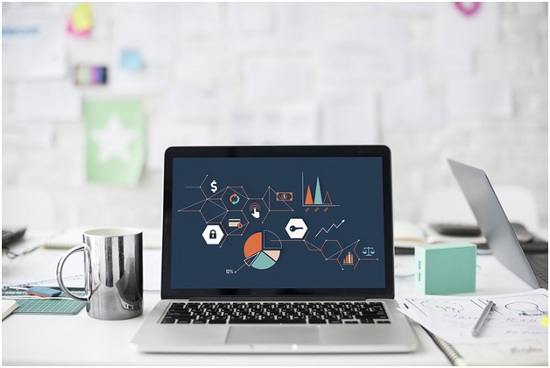Dashboards have become a standard data visualization tool for businesses over the last few decades. Tons of dashboard-building platforms have emerged to meet this demand. Yet, it the flurry of technology, little focus has been directed to how to create a dashboard that’s thoughtful, effective and user-friendly.


This guide shows you how to design a dashboard that is more intuitive and effective.
1. Identify Your Audience
The audience is the foundation of a business dashboard. Who will use the dashboard? What are their information needs? What does the audience already know? When creating a business dashboard, be sure to understand the consumer of the dashboard as this will help you craft widgets that they will love to use.
There is a complicating factor though. Most dashboards have a diverse audience which is often hard to serve well. In such a scenario, try to prioritize the audiences so conflicts can be easier to handle. Some factors you can consider about your audience include their roles, data comfort and skills, and business and data expertise.
2. The Value the Dashboard Will Add to The Business
Business dashboards serve different purposes. Take a moment and think about what you want to get out of the dashboard. Top reasons why you may create dashboard include helping management define what is important, educating staff members about the things that matter in the organization, setting goals and expectations for groups or individuals, providing alerts when problems arise or highlighting expectations and communicating progress and success.
3. Select the Right Type of Dashboard
There are three basic types of dashboards; operational, analytical and strategic. Operational dashboards are the most common types of dashboards and they are used to display metrics related to daily operations in real-time. Analytical dashboards use historical data to identify trends that can influence the future decision making of the company. Strategic dashboards, also known as executive dashboards, provide Key Performance Indicators (KPIs) that an organization’s management team can track periodically.
The scope and timeliness of data, level of detail, point of view, level of interactivity, delivery channel and analytical capabilities of the dashboard created will vary based on the situation and the type of dashboard chosen.
4. Choose the Perfect Metric
The metrics you include in your dashboard should be tailored to fit your audience. While your organisation may know the exact metrics that drive strategy and track success, defining the right metrics for an audience outside your organization can be a very tricky task. To help find the right business metrics, look for a performance metric that strikes the perfect balance between actionable, common interpretation, transparent simple calculation, and accessible credible data.
5. Frame the Dashboard
Now that the foundation for a perfect business dashboard has been laid out, it is time to consider how the dashboard actually looks and works. The buildings blocks that you’ll use to craft the dashboard can be divided into three categories:
• Form – this is the format in which you will deliver the dashboard. Factors that can influence the dashboard form include data density, data detail, aesthetic value, timeliness, mobility, and connectivity.
• Structure – the structure of your dashboard serves as a navigational mechanism for the audience. The structure you choose shapes how the user understands the big picture.
• Design principles – these are the fundamental objectives that will guide your creative dashboard design decisions. Key principles of unique dashboard designs include compactness/modularity, gradual reveal (revealing information gradually as the user expresses interest), support casual use, lead to action, customizable and explanation before information to help the user understand new and unfamiliar events.
6. Clearly Present the Information
The last part of creating a business dashboard is putting the information on the page in a way that communicates effectively to the user. This entails organizing the dashboard like a web design professional, choosing the right colours to enhance the widgets and making the right typography decisions to craft attractive and readable text. You can even design your report dashboard in black and white to reduce the ink used. In addition to interface design, you need to think about how you’ll display the information. This includes choosing a chart that best fits your data and making yourself conversant with advanced features and visualization for your dashboard.
Follow this simple guide and you’ll be on your way to creating attractive and effective dashboards.









